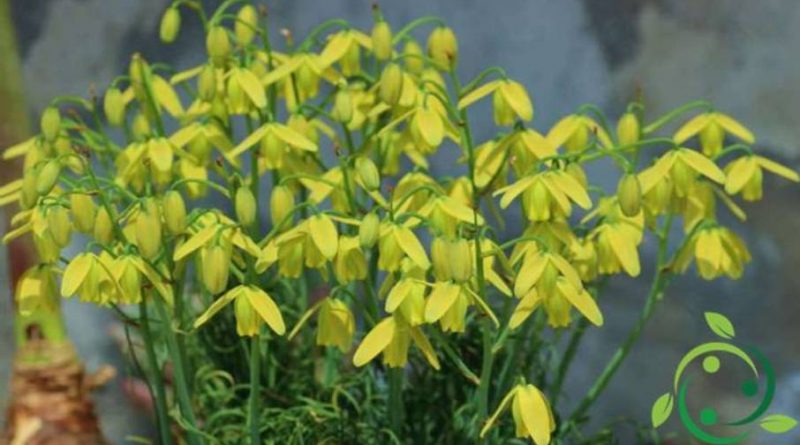How to cultivate the Albuca
How to cultivate the Albuca
The Albuca (Albuca L., 1762) is a genus of plants of the Asparagaceae family that includes about 150 species of bulbous, rustic or semi-rustic plants, originating in Africa and the Arabian Peninsula.
This genus is characterized by plants with white or yellow flowers, which give off a slight fragrance, with a long and rigid stem, ribbon-like leaves.
Among the frequently cultivated species we recall:
– Very high Albuca – up to 60 cm high with white flowers;
– Albuca aurea – up to 40 cm high with yellow flowers;
– Albuca fastigiata – up to a meter high with white flowers.
In this card we will see how to cultivate the Albuca following the most suitable precautions both in full ground and in pots. For this reason the period of planting of the bulbs varies according to the type of breeding.
To achieve good results it is necessary to start from the preparation of a good substrate where the plant can have the best vegetative development and the best flowering.
The substratum for cultivation must be very draining and must be prepared using two parts of fertilized soil combined with sand, plus a part of peat and a part of leaves.
For the cultivation in pots the most suitable period for planting the bulbs is the month of November; in this moment the bulbs will have to be arranged in a number of three or four at a depth of about 6 cm, then keeping the vase in the dark until germination begins. The plants will be so regularly watered until the flowering period and then suspend them after flowering. The flowering period, in suitable climatic conditions, can occur for almost the whole year even if the best time is summer.
For repotting, remember that this operation should be performed only when the Albuca bulbs have occupied all the available space. In general, the repotting is done every 2 – 3 years using a container slightly larger than the previous one, new soil that is always well drained.
For the cultivation on the ground, the bulbs should instead be buried at the end of the winter period and then removed in autumn only after the leaves have fallen. In mild climates the bulbs can be kept on the ground, taking care to repair them in winter with plastic protections, dry leaves, etc.
As for the exhibition, it is emphasized that the Albuca, being a succulent plant, prefers bright places but not exposure to direct sunlight. In the apartment, it should be placed in a very bright place away from the cold drafts. This plant bears intense cold well with temperatures even below – 7 ° C. It bears summer temperatures well above 30 degrees. If you are cultivating the Albuca in regions with a very hot summer climate, it is advisable to place this plant in half-shade positions, especially during the hottest hours of the day. In this case you can choose to grow them in the shade of tall trees.
As far as irrigation water is concerned, it is evident that the Albuca is a plant that in the summer enters the phase of vegetative rest, and therefore in this period it should be rarely irrigated. In autumn, when the plant wakes up, by repelling the new leaves, the waterings must be regular and constant until the following spring.
It is also advisable not to exceed the quantity of water with rots due to the bulbs.
Let’s move on to fertilizing. All varieties are to be fertilized at the beginning of spring to ensure the nutrients needed for bulbs to grow and the production of new plant tissues. It is advisable to carry out this operation with earthworm humus or well humified organic substance if cultivated in pots or even with a good mature manure if grown in the open ground.
Now multiplication –
The Albuca can be reproduced either by seed or by division of the bulbs or division of the tufts.
Sowing should be carried out by layering the seeds on a specific soil, always kept moist until the first shoots appear. The seeds will germinate after a period of 7 -10 days, provided that the seedbed is kept in a warm and moderately bright place.
In the multiplication by division of the heads or better by the side bulbs the new plants obtained will be identical to the mother plant as the genetic variability does not take over. In a short time from the plant, the plants will tend to form other dense and thick tufts and will immediately produce flowers.
Finally, a tip regarding phytosanitary aspects.
The Albuca is a rustic plant resistant enough to attacks from insects such as aphids and cochineals but, being bulbous, they fear rot and fusariosis.

